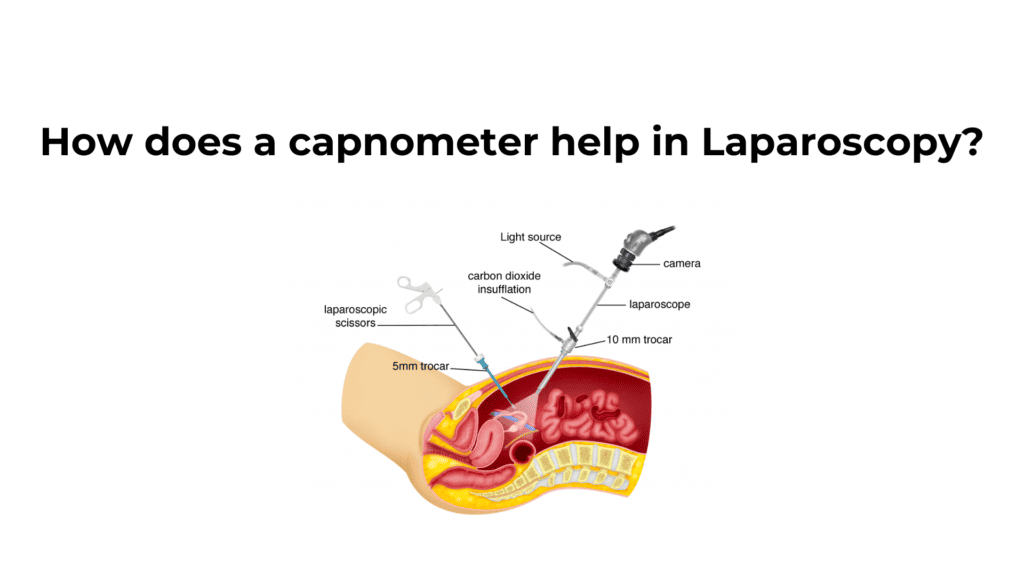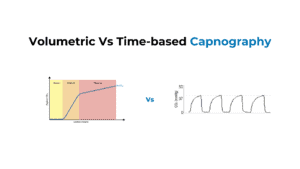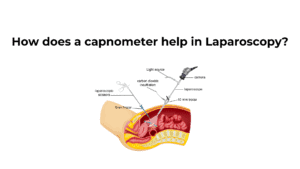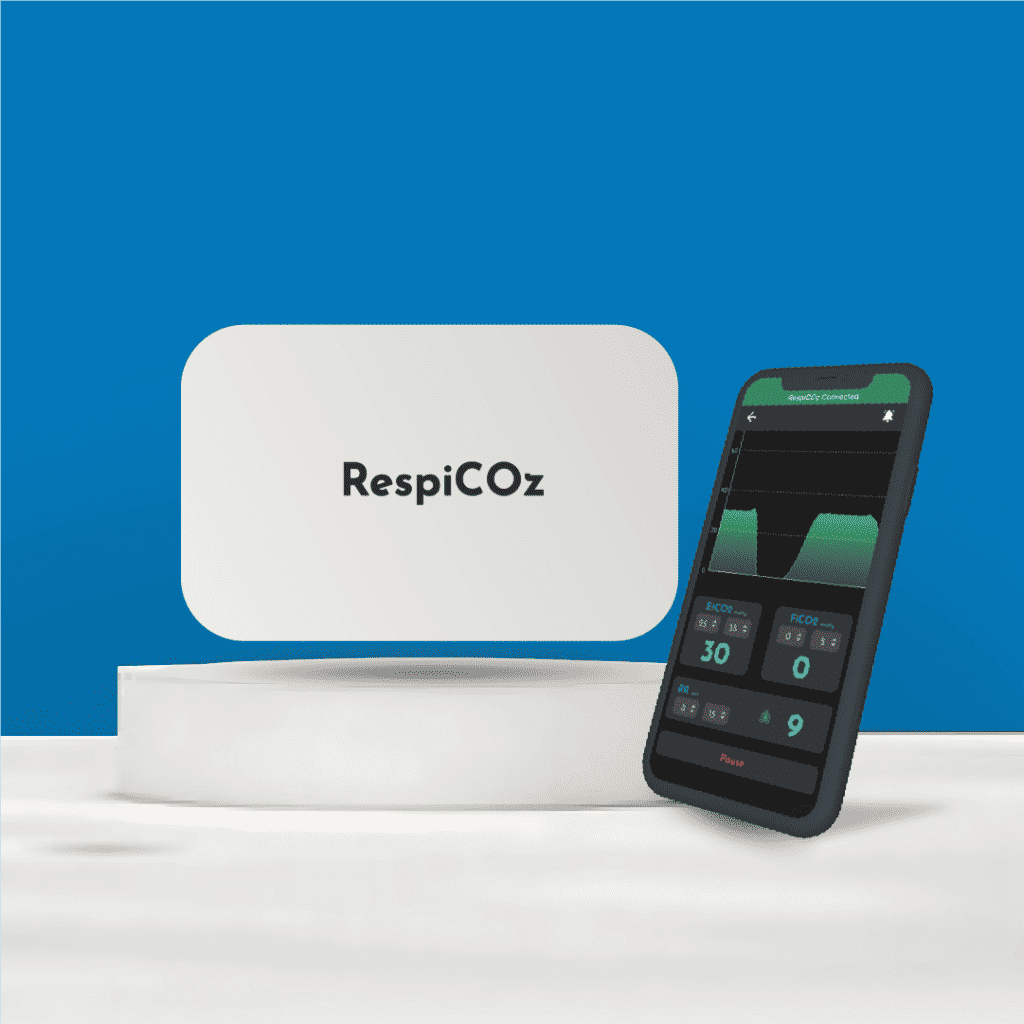Laparoscopy is a minimally invasive surgical technique performed through small incisions with the aid of a camera and specialized instruments, a capnometer plays a crucial role in monitoring the patient’s respiratory status and ensuring their safety throughout the procedure.
In laparoscopic surgeries, the patient’s abdomen is inflated with CO2 gas using CO2 insuffalator to perform the surgery. It provides workspace to the surgeon.
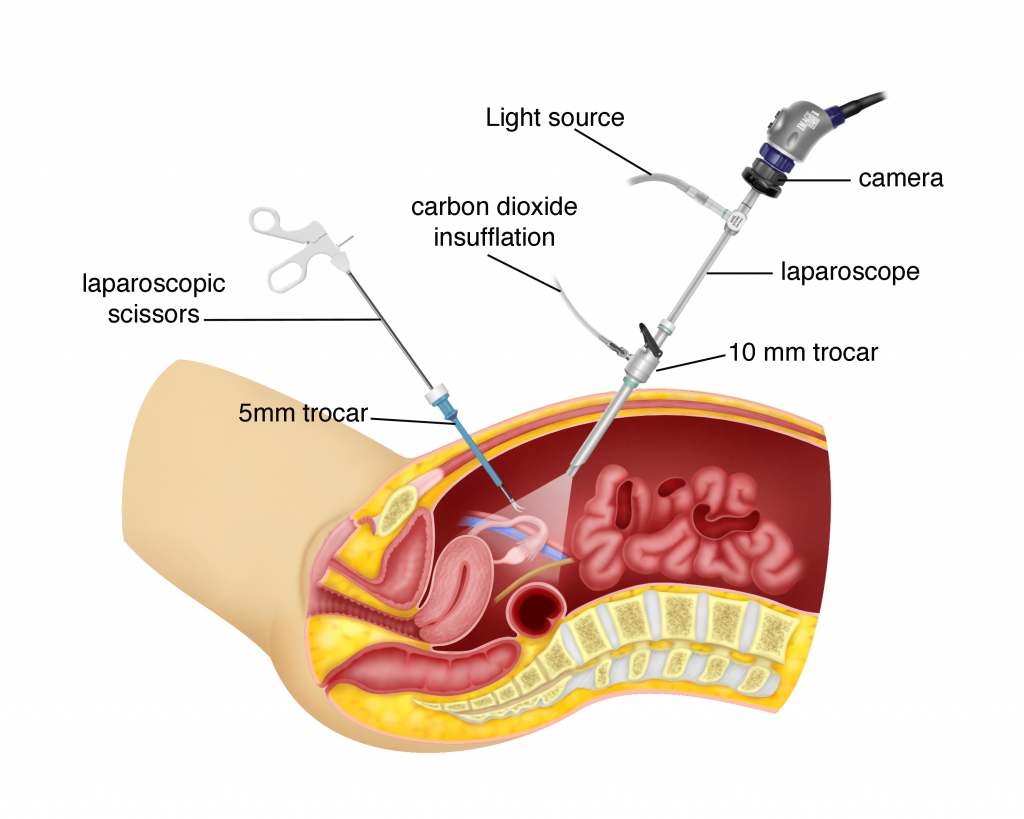
When CO2 gas is used to inflate the abdomen of the patient, the organs respond to it. And, this needs to be taken care otherwise the patient can suffer from pneumoperitoneum or hypercapnia.
As a result, the capnometer is an important tool in anesthesiologists’ decision-making.
Possible Applications of Capnometer in Laparoscopy:
- Monitoring End-Tidal CO2 (ETCO2) Levels: During laparoscopic surgery, the patient’s breathing can be affected by factors such as changes in intra-abdominal pressure due to carbon dioxide insufflation. A capnometer continuously monitors the ETCO2 levels, providing real-time feedback to the medical team about the patient’s respiratory status. Sudden changes in ETCO2 levels can indicate complications such as hypoventilation, hyperventilation, or even accidental injury to major blood vessels during surgery.
- Early Detection of Pneumoperitoneum: Insufflation of CO2 into the abdominal cavity during laparoscopy creates pneumoperitoneum, which is the presence of air or gas in the abdominal (peritoneal) cavity. Monitoring ETCO2 levels helps in detecting and confirming the establishment of pneumoperitoneum. This is important for assessing the adequacy of insufflation pressure and ensuring that the surgical team can proceed safely with the procedure.
- Preventing Hypercapnia: Hypercapnia, an increased level of CO2 in the bloodstream, can occur if the patient’s ventilation is compromised during laparoscopic surgery. Continuous monitoring of ETCO2 levels allows the medical team to intervene promptly if hypercapnia develops, by adjusting ventilation parameters or addressing any issues affecting the patient’s respiratory function.
- Assessment of Cardiopulmonary Function: In addition to monitoring CO2 levels, a capnometer can provide valuable information about the patient’s cardiopulmonary function. Changes in the waveform of the capnogram, which represents the concentration of CO2 over time, can indicate conditions such as bronchospasm, airway obstruction, or pulmonary embolism, allowing for early recognition and appropriate intervention.
Apart from these applications, a capnometer can also be helpful in the detection of curare cleft which helps anesthesiologists to regulate the dose of anaesthesia during the surgery.
References:
- Patient Monitoring in Laparoscopy Surgery [Link]
—
Click here to learn more interesting things about capnometers.
Comment your views and feedback for improvements. You are an inspiration to us. 😇
[Click here] to learn more about “The World’s First Smart Capnometer”


